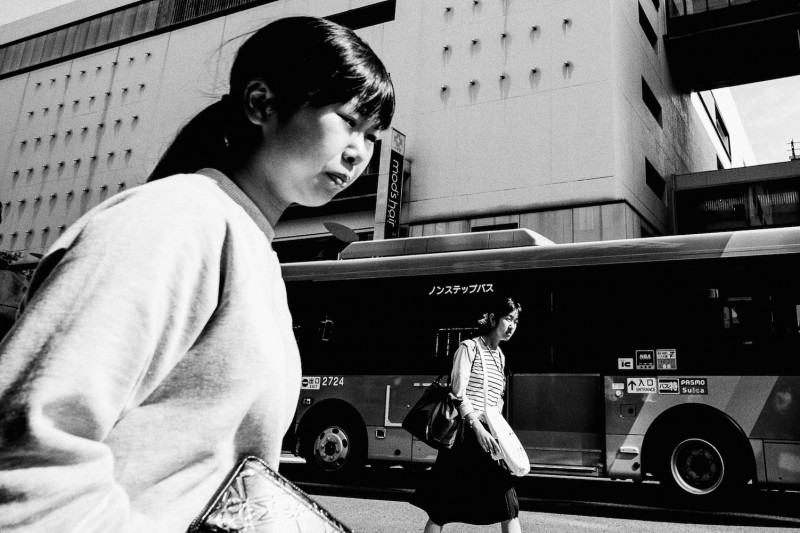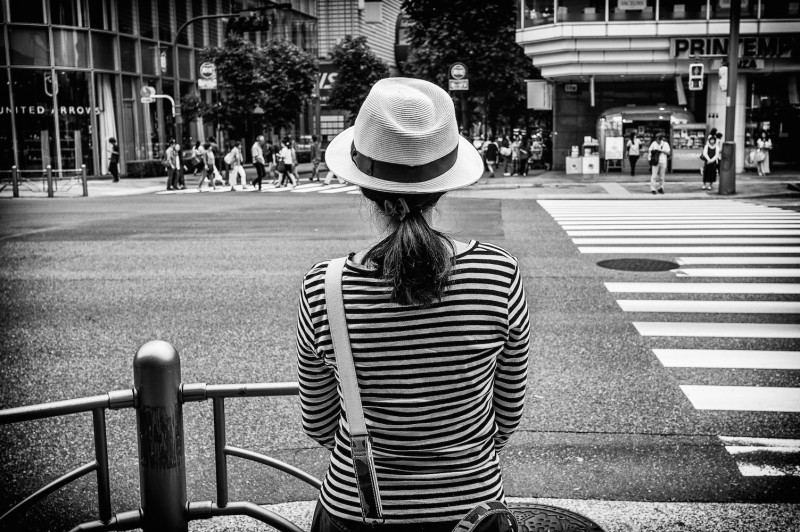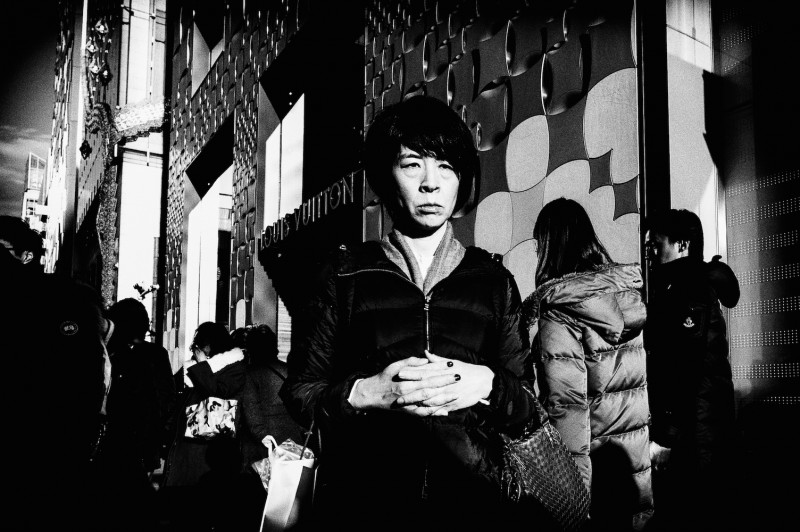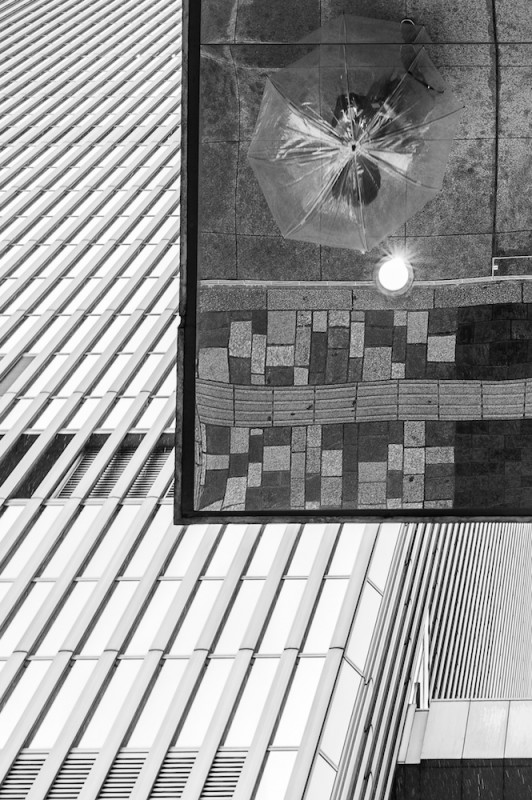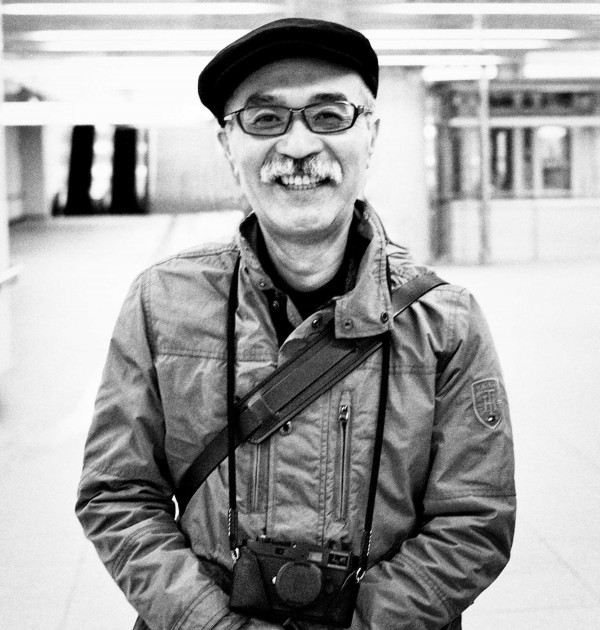Street Photography in Japan
Street Photography in Japan
Takanori Tomimatsu
December 8, 2017
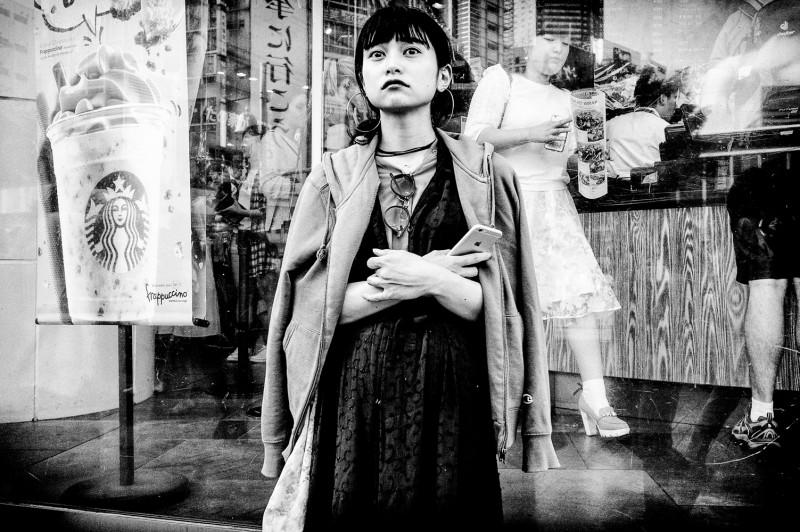
How and when did you get into photography? And, above all, into Leica?
I was born in Fukuoka City, Kyushu Region, Japan in 1955. In my high school days, I started to take monochrome photos of family, school friends, landscapes and buildings, with a camera that was made in Japan. Until very recently, I was too scared to turn the camera on people who are strangers. When I started working for a company, I bought an old and unused analogue Leica M7, which had a lens made in Japan. This was 2008 and it was my first Leica. I resigned from my office job and, when I turned 58 in 2013, I started taking photos on the street. This means that my experience of street photography has only been brief.
In some of your pictures you get up really close to people. Have you had any problems because of this?
I’ve had few problems because of this. In most cases, I only carry one camera body and one single manual focus lens, which I hand around my neck on a camera strap. I think a light outfit makes it easier, and works well for taking pictures on the street. I’m not like a photographer. I take my photos without popping up a view-finder, without eye-contact, without saying ‘hello’, and, more often than not, just in passing. Pedestrians move toward me; at the same time, I walk toward them. Basically, I’ll get a sense for an obvious person, go up close to them and take photos. I’ve done this many times, and I still continue with this approach. But, you need to take care with how you go about it.
You take pictures with many Leica cameras and with pretty much all the Leica systems. Do you have a favourite camera or do you decide depending on the situation and the occasion?
Before getting the Leica SL (Typ 601), I mainly used the Leica M Monochorm/CCD for four years. As for lenses, I use the 50mm and 35mm when using a view-finder, and a 28mm, 24mm and 18mm with no view-finder. Since September 2016, I’ve mainly been using the Super-Elmarit-M f3.8/18mm ASPH. The more I worked with the different lenses, the more important the background of the street photos became, and the wider the angle.
You are currently photographing a lot with the SL and a Super-Elmarit-M f3.8/18mm ASPH.. What is special about this combination?
At this point in time, I find the Super-Elmarit-M f3.8/18mm ASPH. is very important for street photography, because, taking photos on busy streets, where you’re capturing motion, it’s good to have a shutter-speed of over 1/500 second. In my case, the f-stop is roughly f/5.6. Of course, it isn’t heavy. Because I feel that the street background in a photo is as important as the people, I try to take photos in colour. From the raw, colour files, I choose colour or monochrome depending on the feeling I want to express. Without fear or hesitation, I can say that, despite being heavier, the SL has two great advantages over the M: first, ISO50 is standard, and second, settings are detailed and strict. That’s the best combination for me at present.
Thank you.
These photographs in the LFI Gallery caught the attention of the editors.
Takanori Tomimatsu+-
Japanese photographer Takanori Tomimatsu has specialised in street photography in Tokyo and nearby cities. Tomimatsu is an enthusiastic, self-taught photographer. His pictures appear on the LFI Gallery many times a year: in particular, the editorial team has honed in on his street photography in Tokyo. More

